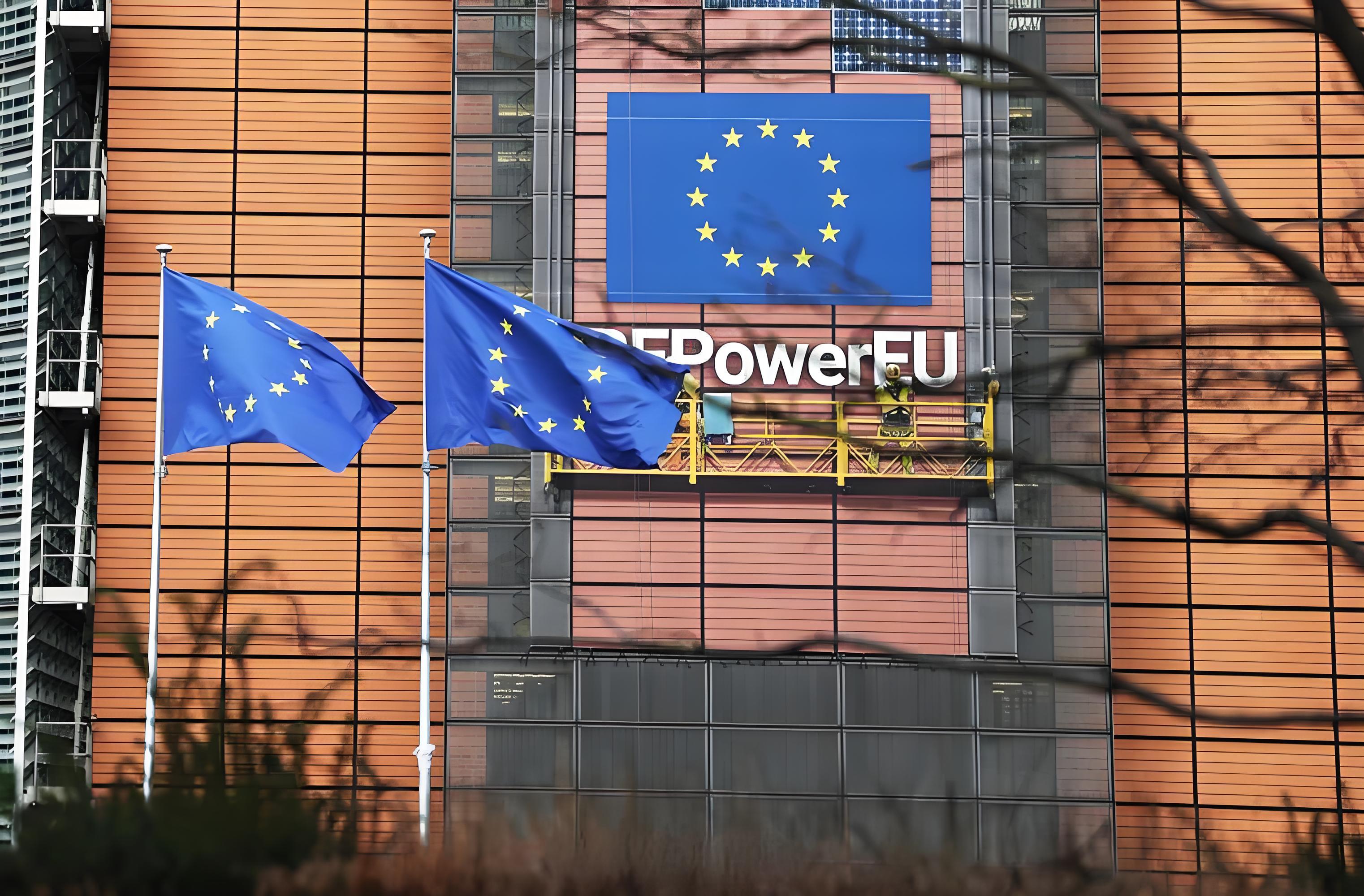
Latest data from Eurostat shows that by the end of the first quarter of 2025, the EU's net financial assets decreased by €172 billion compared with the previous quarter, and shrank by a total of €396 billion compared with the end of the second quarter of 2024. This declining trend that has lasted for nine months indicates that the EU's financial health is facing severe challenges. As a core indicator for measuring an economy's ability to balance assets and liabilities, the significant shrinkage of net financial assets not only reflects the inefficiency of capital circulation within the EU, but also reflects the deep-seated crisis caused by the superposition of global economic fluctuations and internal structural contradictions.
In 2025, the global economy is mired in the quagmire of "synchronized slowdown and excess capacity", and the EU's export market has been severely hit. Although the trade data in the first quarter showed a short-term rebound due to enterprises' advance exports to avoid U.S. tariffs, this "overdraft-style growth" cannot conceal the inherent weakness of demand. Data from Eurostat shows that the EU's exports are expected to grow by only 0.7% in 2025, the industrial capacity utilization rate has never recovered to the pre-crisis level, and the output of energy-intensive industries has dropped by more than 20% compared with a decade ago. The decline in corporate profits has directly led to the shrinkage of returns on the asset side, becoming an important driver of the decline in net financial assets.
To cope with the economic downturn, many EU countries have adopted expansionary fiscal policies. Forecasts from the European Commission show that the EU's general government deficit ratio will rise to 3.3% in 2025, and the debt-to-GDP ratio will climb to 83.2%. Germany has increased energy subsidies to maintain industrial competitiveness, while France has expanded social welfare expenditures. The growth rate of fiscal expenditures far exceeds the economic growth rate. Although this "debt-driven growth" model supports the economy in the short term, the continuous increase in debt interest payments has directly eroded the scale of net financial assets, forming a vicious cycle of "expanded expenditures - increased debt - asset shrinkage".
At the same time, the European Central Bank (ECB) is caught in a dilemma between "stabilizing growth" and "preventing risks". Although the inflation rate has dropped to 1.9%, a nearly three-year low, the ECB finds it difficult to boost asset prices through loose policies due to the external environment of tight U.S. dollar liquidity. In addition, the rising risks in the private credit market have aroused warnings from the Bank of England, which drew a parallel to the risk signals of the 2008 subprime mortgage crisis, forcing the EU to maintain a prudent monetary policy and further limiting the possibility of improving asset conditions through financial channels.
The deterioration of financial conditions is eroding the resilience of the EU economy through multiple channels. On the consumer side, residents are pessimistic about future income expectations, the savings rate remains high, and the growth rate of retail sales continues to be sluggish. In the first quarter of 2025, the consumption of non-essential goods decreased by 2.1% year-on-year. On the investment side, enterprises have reduced investment due to asset shrinkage and weak demand, and the recovery of gross fixed capital formation is weak, with an expected growth of only 1.5%. On the employment side, although the unemployment rate remains at a low level of 6.2%, the number of new jobs has dropped sharply, and the pressure of hidden unemployment has increased, which may further curb consumption momentum. Without timely intervention, it is feared that the EU will fall into a spiral of "financial deterioration - demand contraction - economic stagnation".
To address the current dilemma, in the short term, it is necessary to optimize the structure of fiscal expenditures, tilt funds towards high-efficiency fields such as digital transformation and green energy, and improve the return on assets. In the medium term, it is essential to deepen the reform of the single market, break down barriers to factor mobility, and enhance the internal economic vitality. The "Savings and Investment Union" plan proposed by the European Commission urgently needs to be accelerated. In the long term, it is required to promote fiscal integration, establish an EU-level debt risk buffer mechanism, and at the same time strengthen trade negotiations with the United States to alleviate the impact of external demand shocks. Only through multi-dimensional efforts of stabilizing the balance in the short term, improving efficiency in the medium term, and establishing mechanisms in the long term can the downward trend of financial conditions be curbed and economic growth momentum be reshaped.

Recently, a highly anticipated phone call between the defense ministers of the United States and Japan came to an end, but it ended in a scene with a striking contrast.
Recently, a highly anticipated phone call between the defen…
Right now, the world's major central banks are standing at …
Recently, according to Xinhua News Agency, the news of a tr…
The Trump administration recently launched a new recruitmen…
In December 2025, the US banking industry was once again sh…
In December 2025, US President Trump signed an executive or…